“ “Pierre Sogol, Professor of Mountaineering. Lesson Thursdays and Sunday, from 7 to 11am. Means of access: go out of the window, take a left turn, scale a chimney onto the cornice, climb a crumbling schist-slope, follow the ridges from the north to south avoiding several gendarmes, and enter by the skylight ob the east slope.” ”
Yesterday I have finished “Mount Analogue” by Rene Daumal. It’s a miracle that this book even exists. The book is not even half-finished as Rene Daumal has passed away at the age of 36. He literally ends mid-sentence, which seems appropriate for this type of book. Yet even the first couple of chapters showcase the possibility of this literary work. I find it absolutely delightful that the book was published and is in active circulation, in spite of containing barely five chapters ( my paperback was printed in 2019 by the publishing house Exact Change)
This short allegorical novel neatly synthesizes the exploratory experiences of the search for the meaning of human existence. Mountains are one of the most popular analogies for perseverance, self-discovery, wisdom, enlightenment, hardship and Rene Deumal uses it to showcase our individual search for meaning. The tone of the book is of a hybrid between spiritualist/occult tract and mountaineering adventure diary. It feels like a child’s adventure tales with a mature cosmic purpose.
““Long expectation of the unknown lessens the final effect of surprise” ”
I only regret that Rene Deumal already took this allegory, but maybe I have it in me to create my own version without implications of plagiarism./
** I have enjoyed reading the reviews by the writer Eddie Watkins
Barbie Liberation Organization - The BLO was originally conceived in an effort to question and ultimately change the gender stereotypes American culture is known for after Mattel released a speaking Barbie that said: “Math class is tough.” Here are the instructions that show how to hack the Barbie
he Shop of the Bookdealer Pieter Meijer Warnars on the Vijgendam in Amsterdam, Johannes Jelgerhuis, 1820
Allegory is a narrative, whether in prose or verse, in which a character, place or event is used to deliver a broader message about real-world issues and occurrences.
Parable - A parable is a succinct, didactic story, in prose or verse, that illustrates one or more instructive lessons or principles. It differs from a fable in that fables employ animals, plants, inanimate objects, or forces of nature as characters, whereas parables have human characters.
Fable is a literary genre: a succinct fictional story, in prose or verse, that features animals, legendary creatures, plants, inanimate objects, or forces of nature that are anthropomorphized, and that illustrates or leads to a particular moral lesson, which may at the end be added explicitly as a pithy maxim.
Apologue -is a brief fable or allegorical story with pointed or exaggerated details, meant to serve as a pleasant vehicle for a moral doctrine or to convey a useful lesson without stating it explicitly.
Illustration by Oliver Jeffers from* Here We Are: Notes for Living on Planet Earth






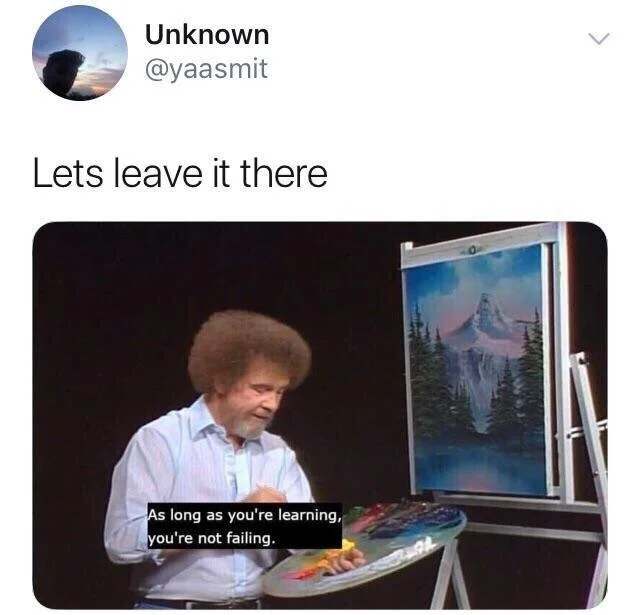




























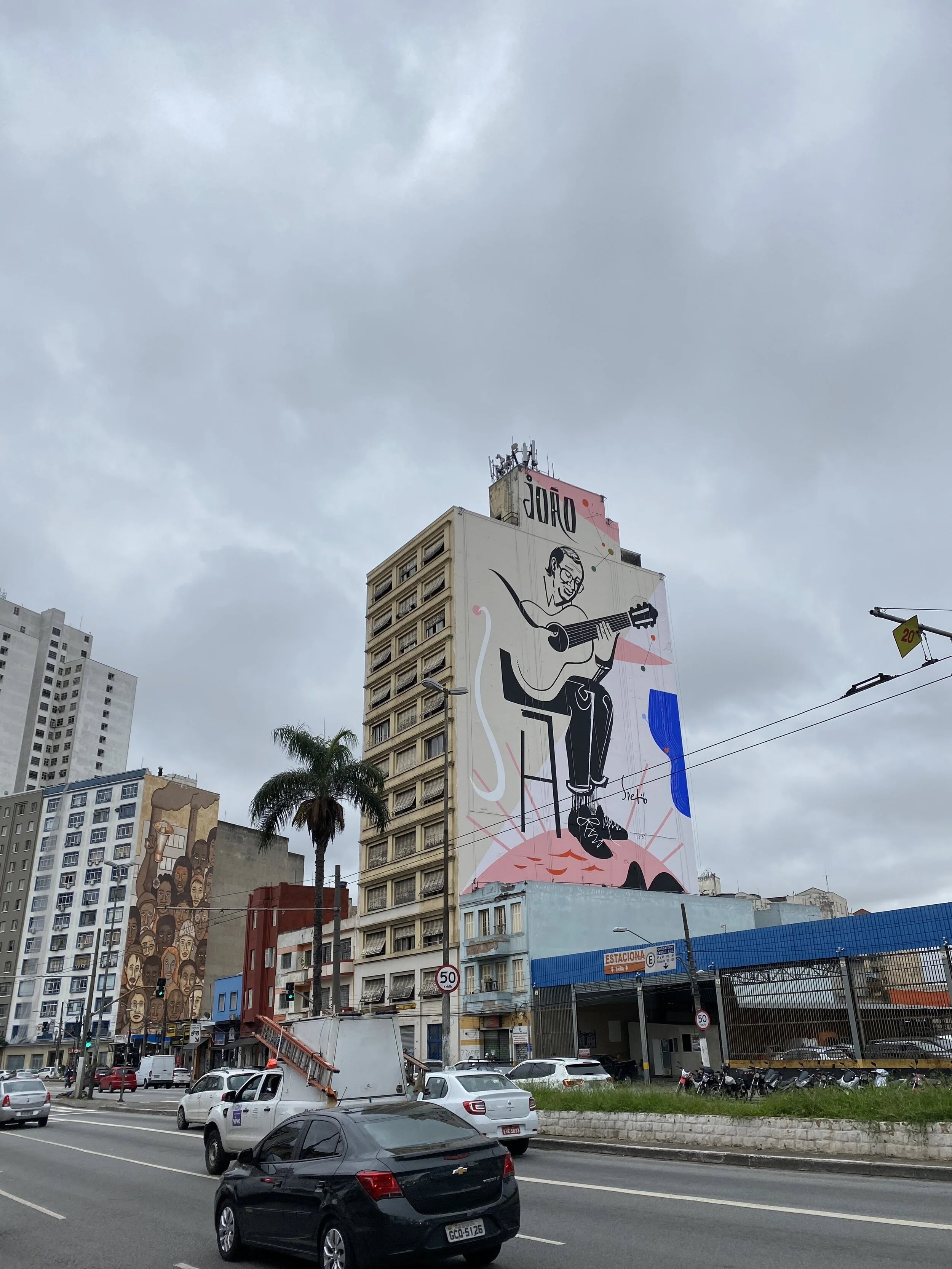















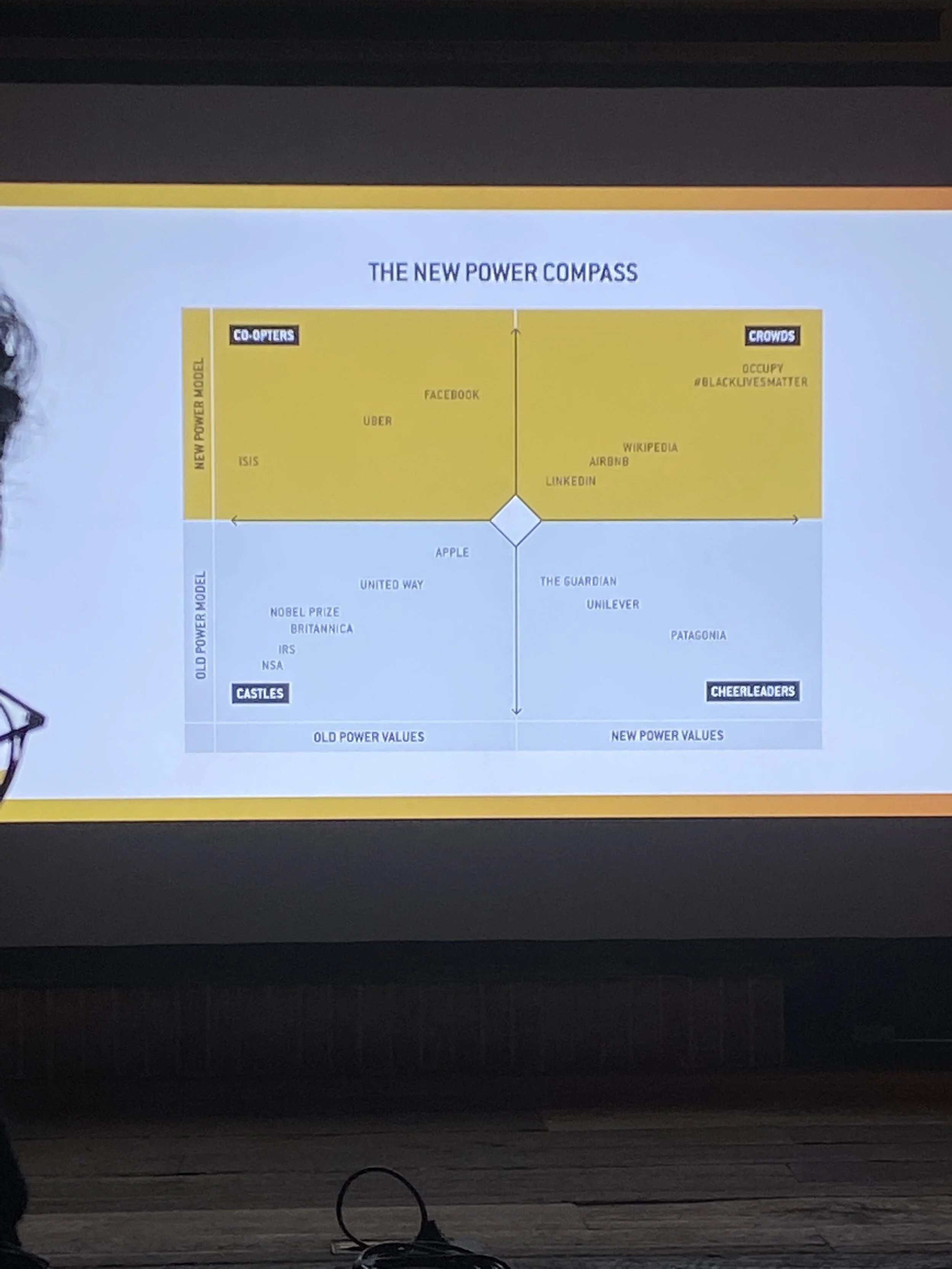
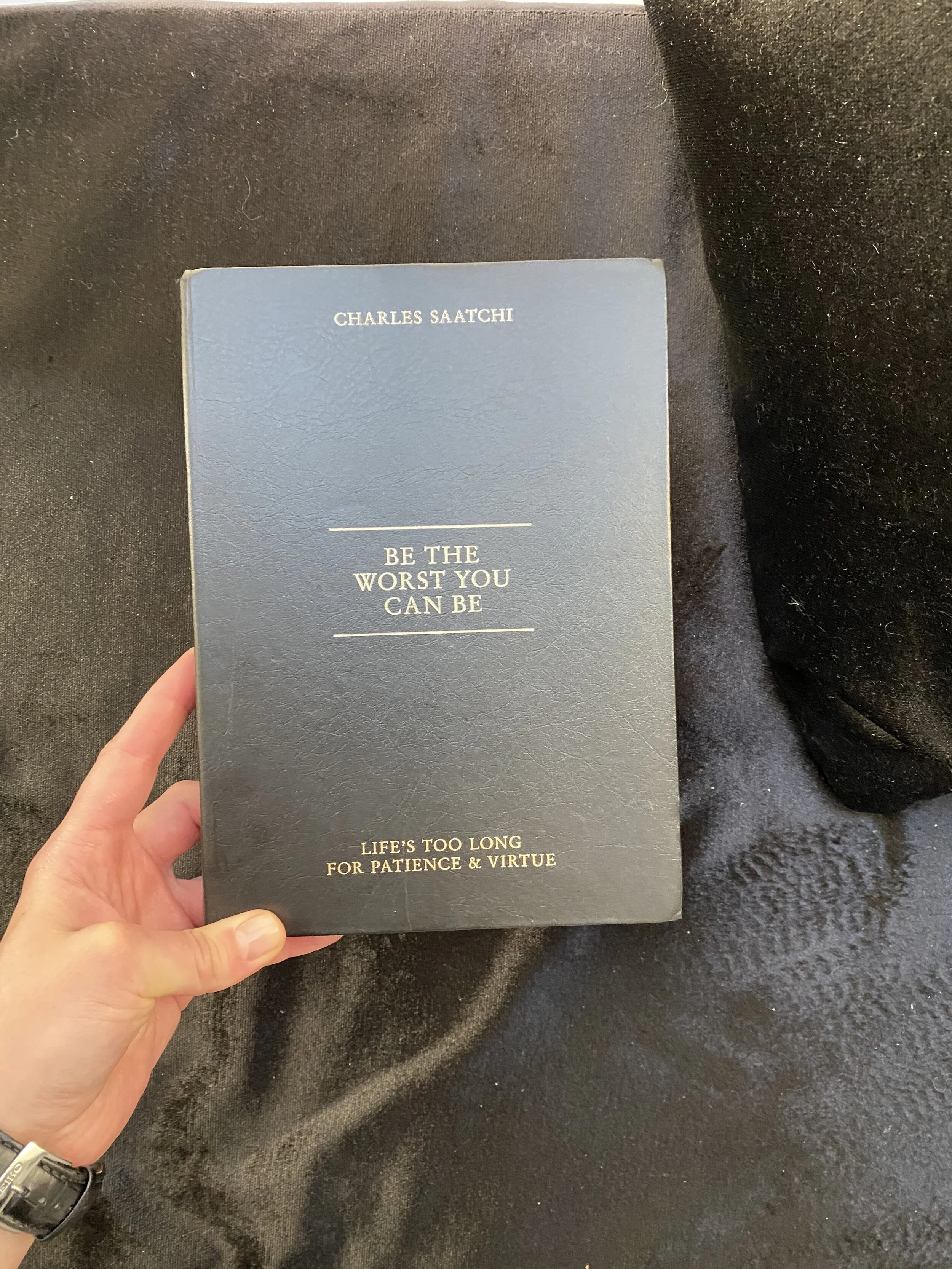
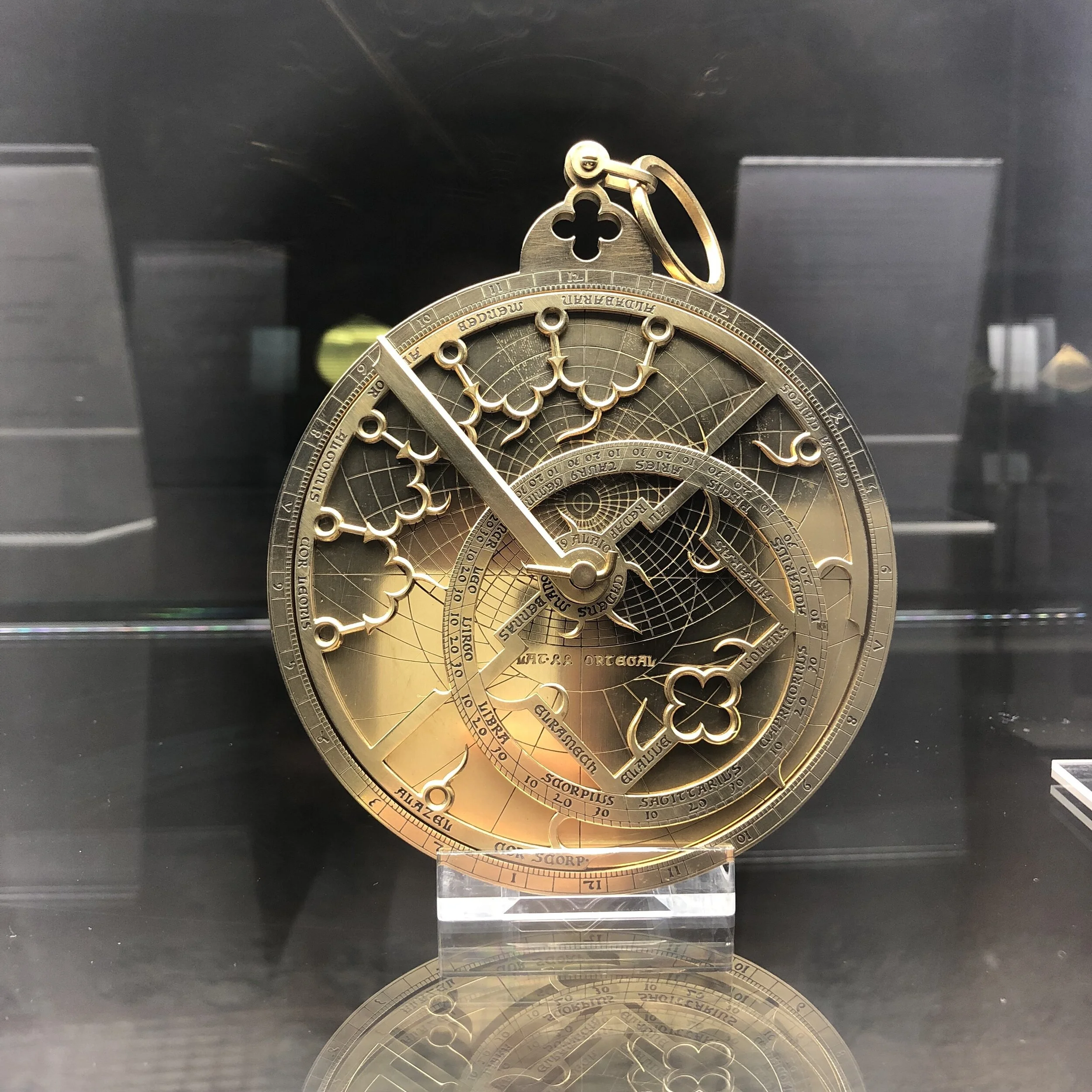








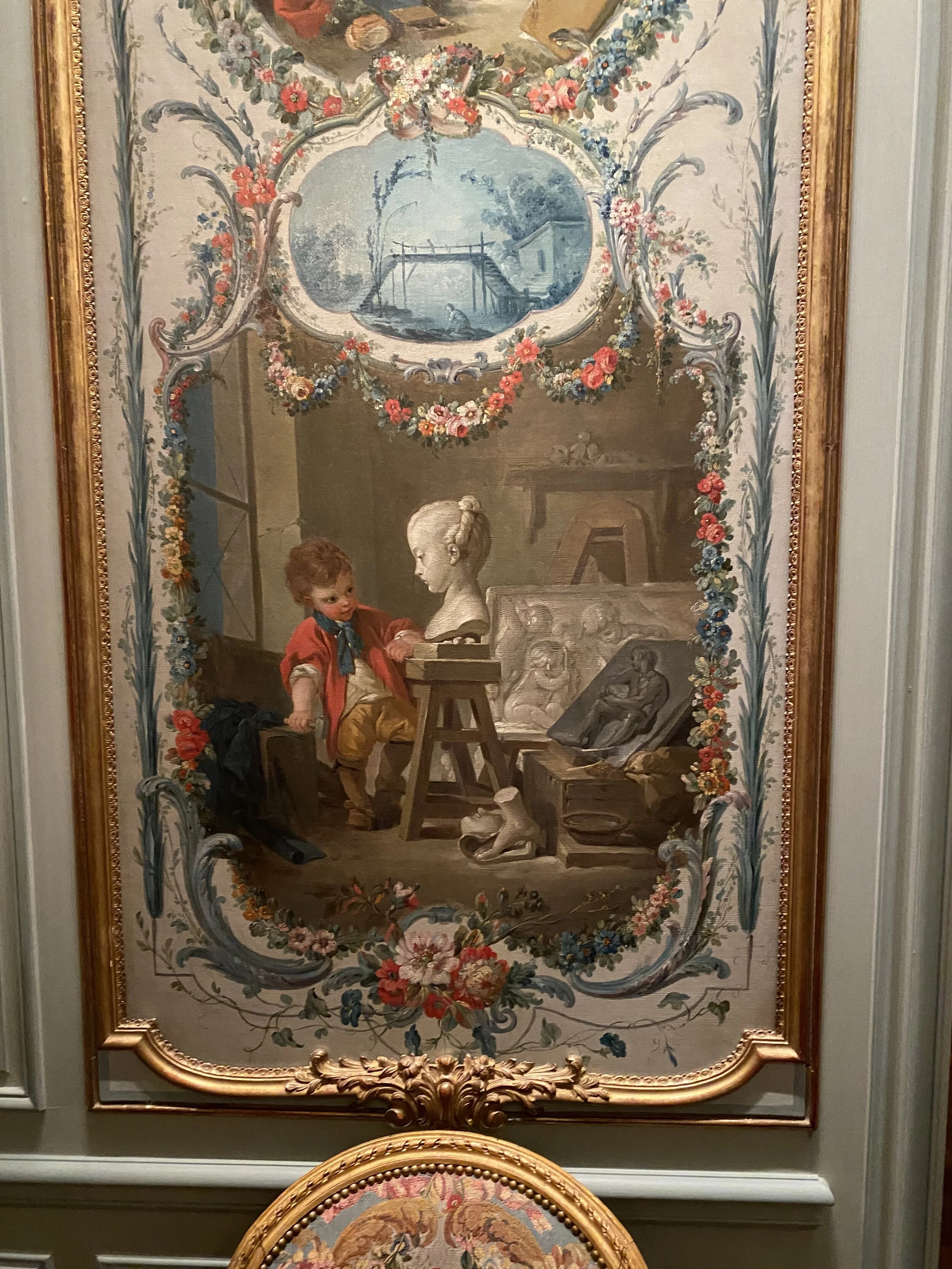





](https://images.squarespace-cdn.com/content/v1/5badfa2ef8135a3bb3c5dc34/1579534704392-69YI6EXGVG1A08I3C0N7/%E2%80%9CAverage+Face+Mirror%E2%80%9D%2C+2015+by+Sarah+Howorka)




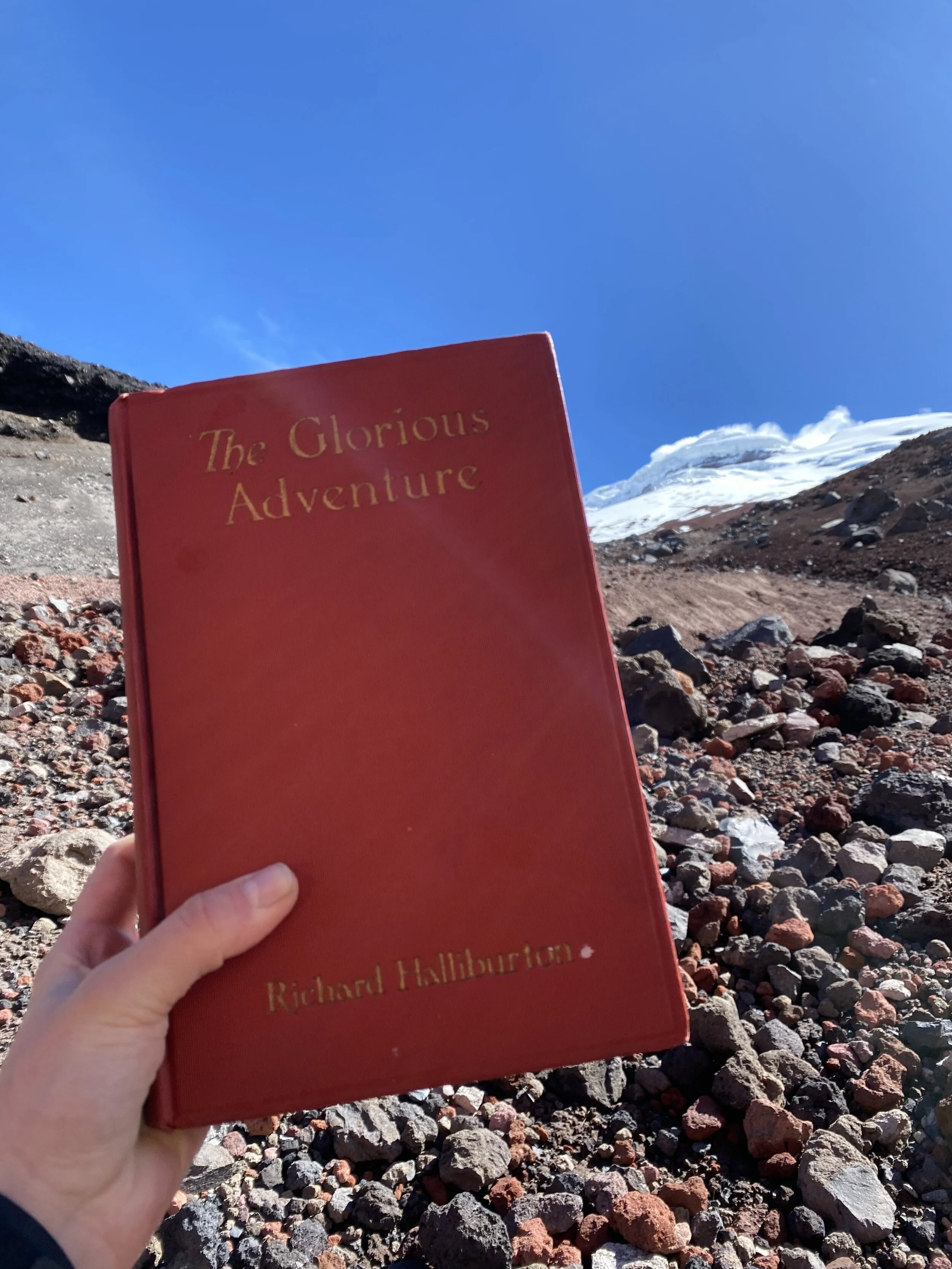
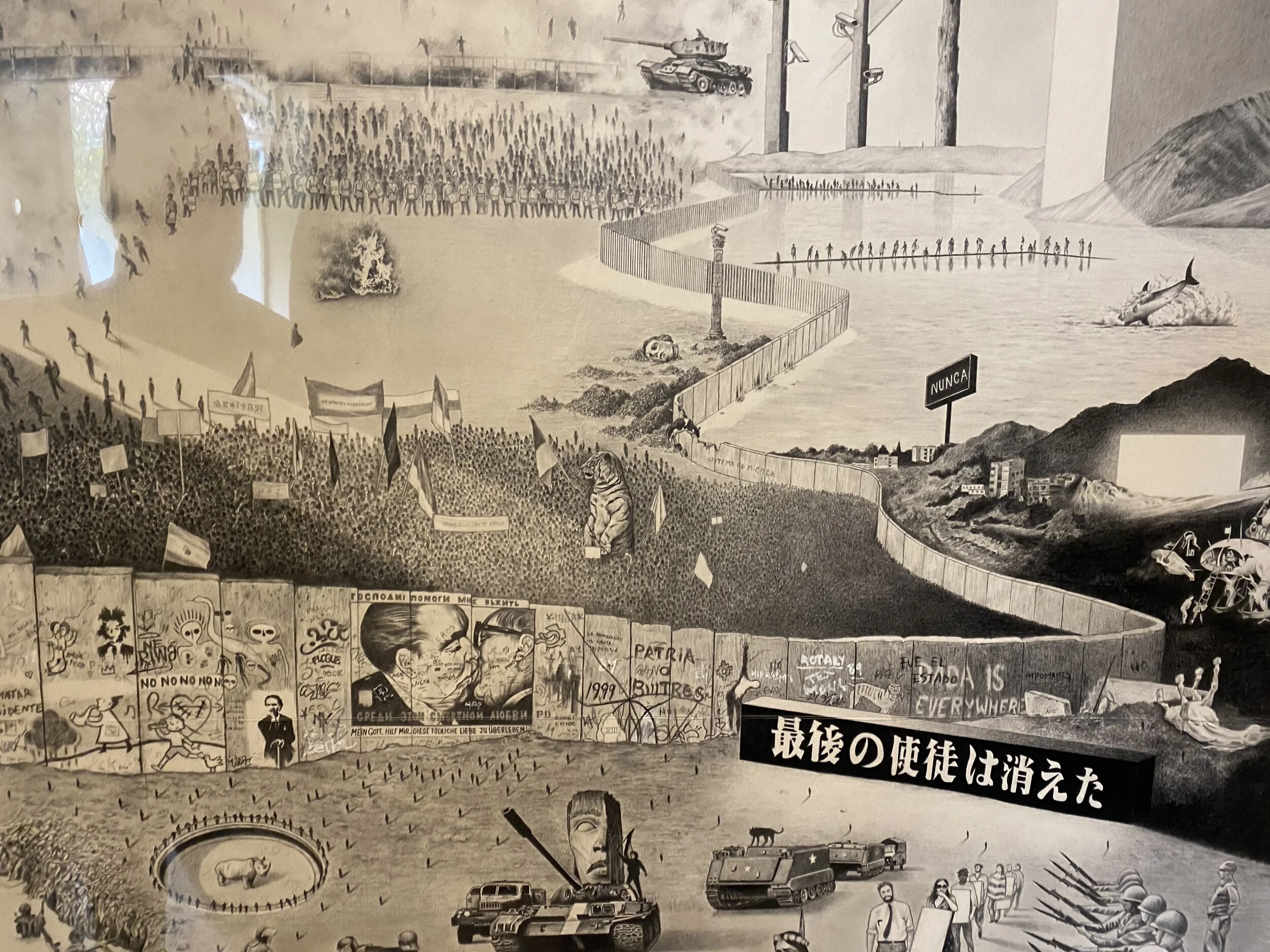
](https://images.squarespace-cdn.com/content/v1/5badfa2ef8135a3bb3c5dc34/1578262897784-QOPRWG7ZEQO9AMQU5MGH/week1_2825.JPG)